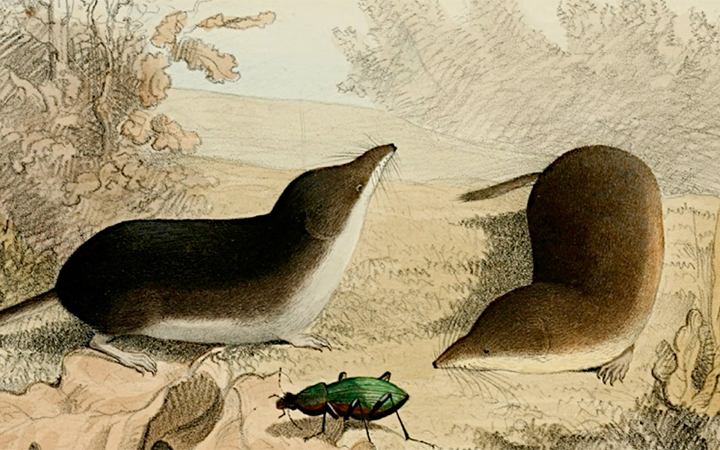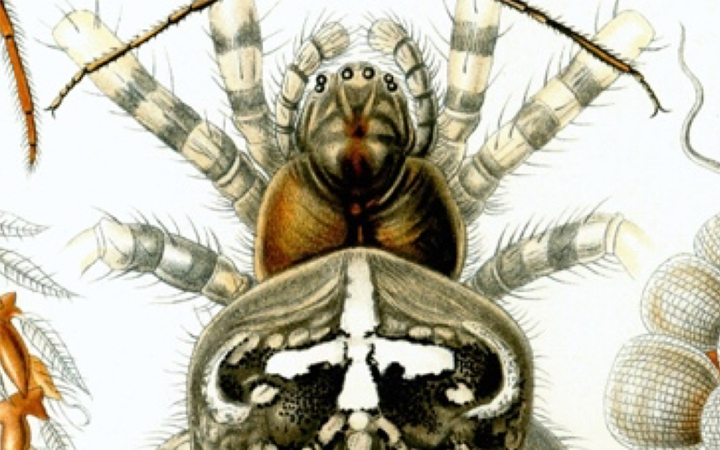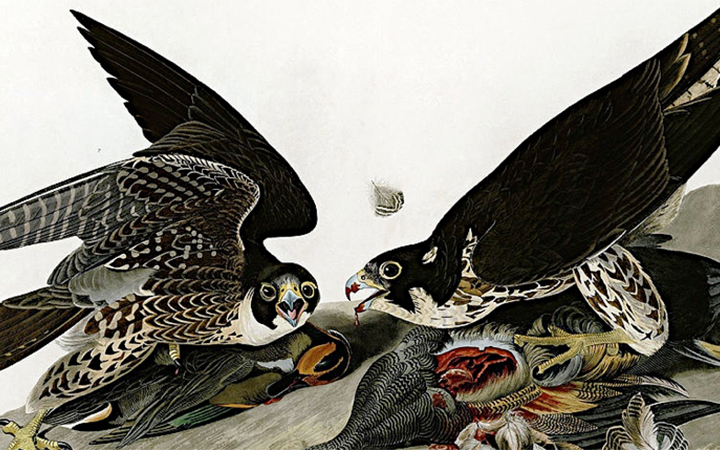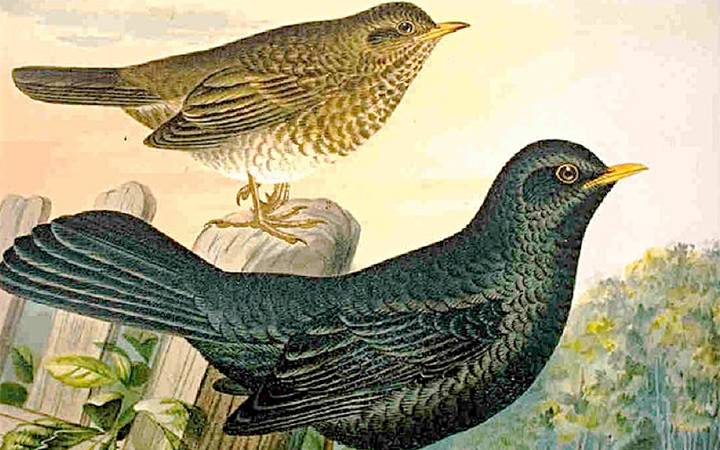Animalia

Common Shrew
Sorex araneus


7 POINTS
Play: The Common Shrew has a MOVE of 2.
Fact: Shrews need to consume 200-300% of their body weight each day in order to survive. A shrew must eat every two to three hours to achieve this goal.

European Garden Spider
Araneus diadematus


7 POINTS
Play: The European Spider has a MOVE of 1.
Fact: The third pair of legs the garden spiders are specialized for assisting in the spinning of orb webs.

Dunnock
Prunella modularis


3 POINTS
Play: The Dunnock has a FLIGHT of 2.
Fact: The name “Dunnock” comes from the ancient british dunnākos, meaning “little brown one.”

Peregrine Falcon
Falco peregrinus


6 POINTS
Play: The Peregrine Falcon has a FLIGHT of 2.
Fact: The peregrine is renowned for its speed, reaching over 200 mph during its characteristic hunting stoop (high speed dive,) making it the fastest member of the animal kingdon.

Common Blackbird
Turdus merula


3 POINTS
Play: The Blackbird has a FLIGHT of 2.
Fact: The Common Blackbird was described by lInnaues in the 10th edition of his Systema Naturae in 1758.

Common Raven
Corvus corax


2 POINTS
Play: The Raven has a FLIGHT of 2.
Fact: Some remarkable feats of problem-solving have been observed in the species, leading to the belief that it is highly intelligent